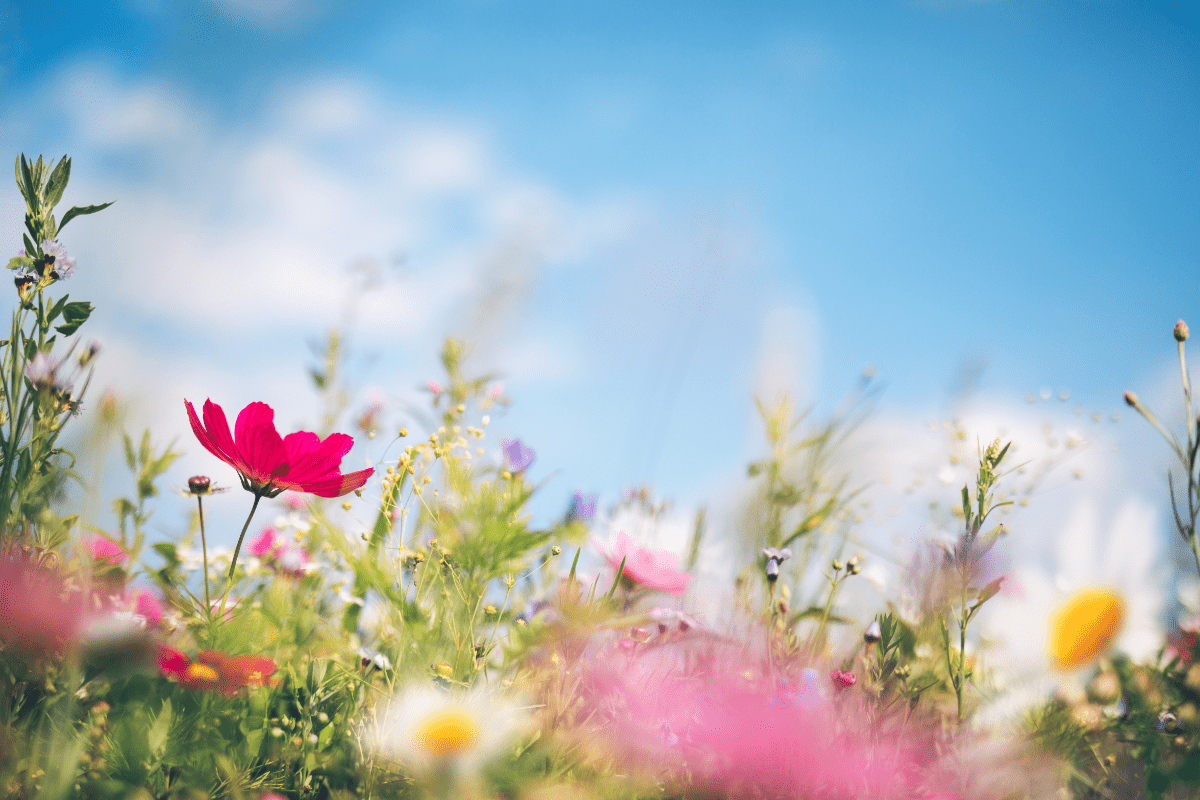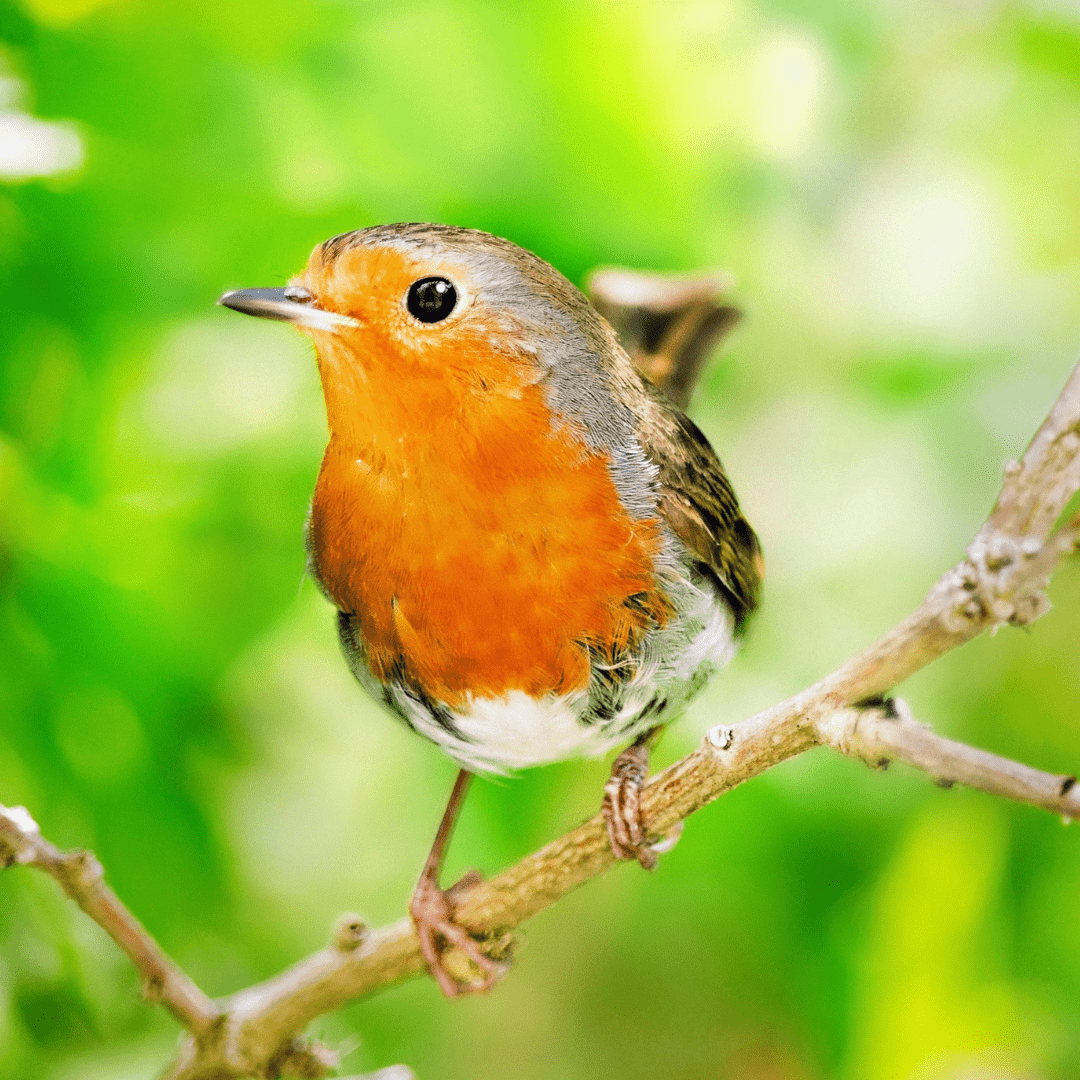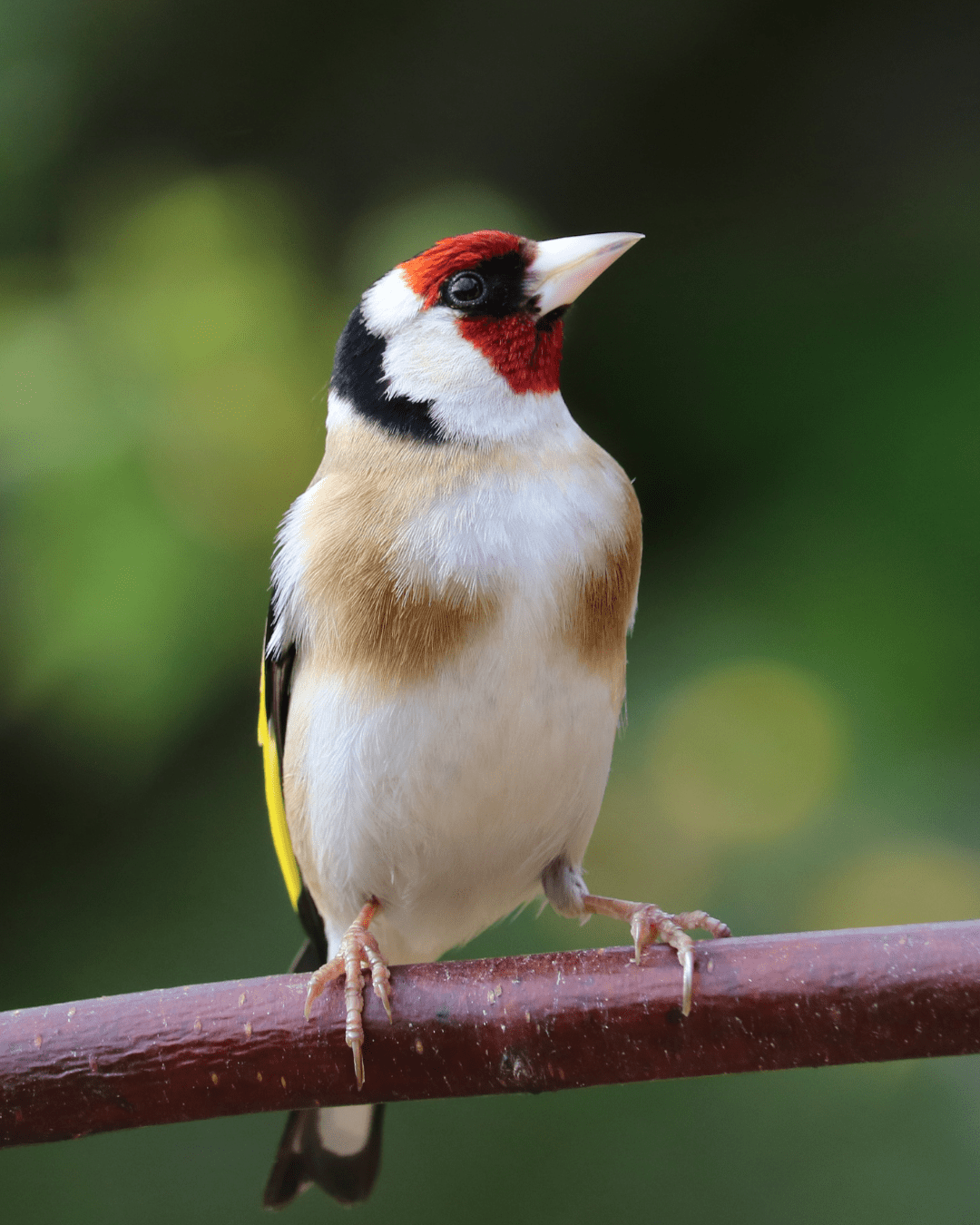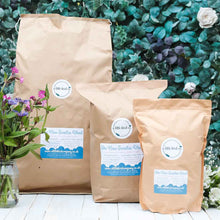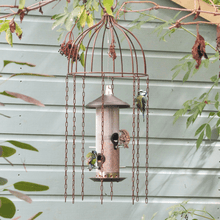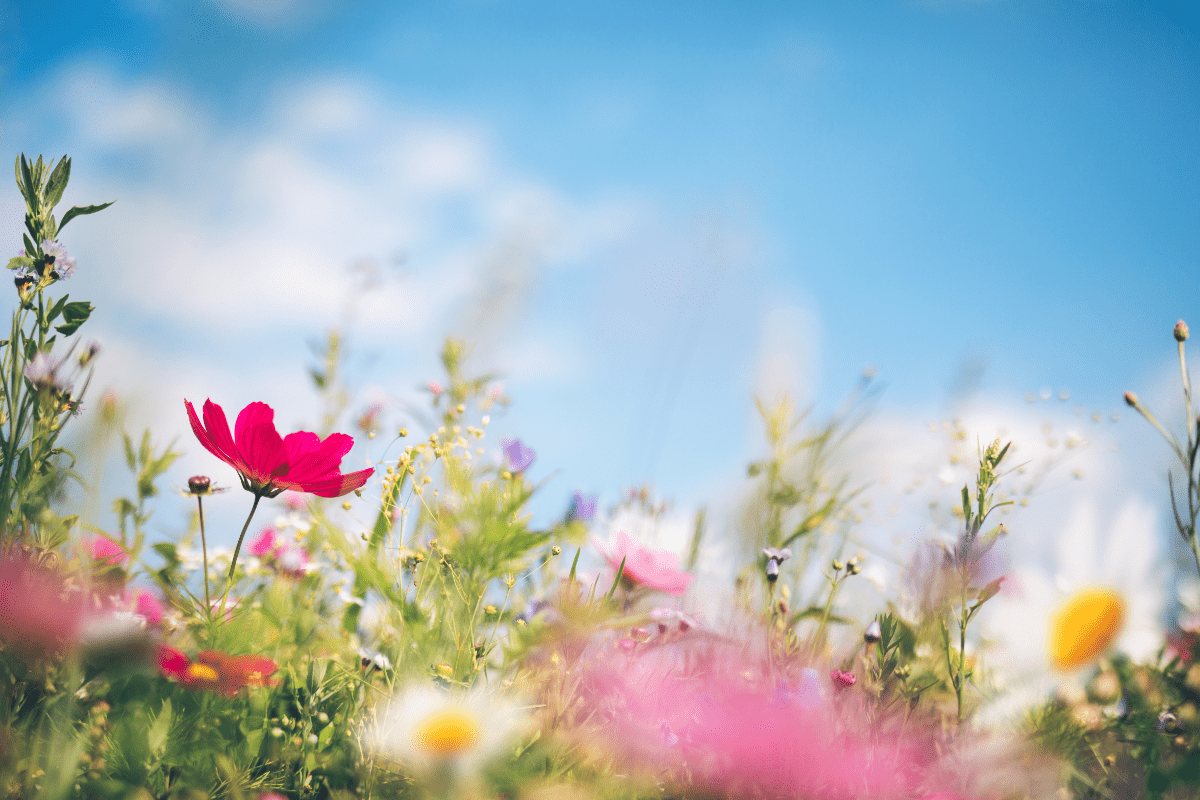How to set up a nest box in your garden.
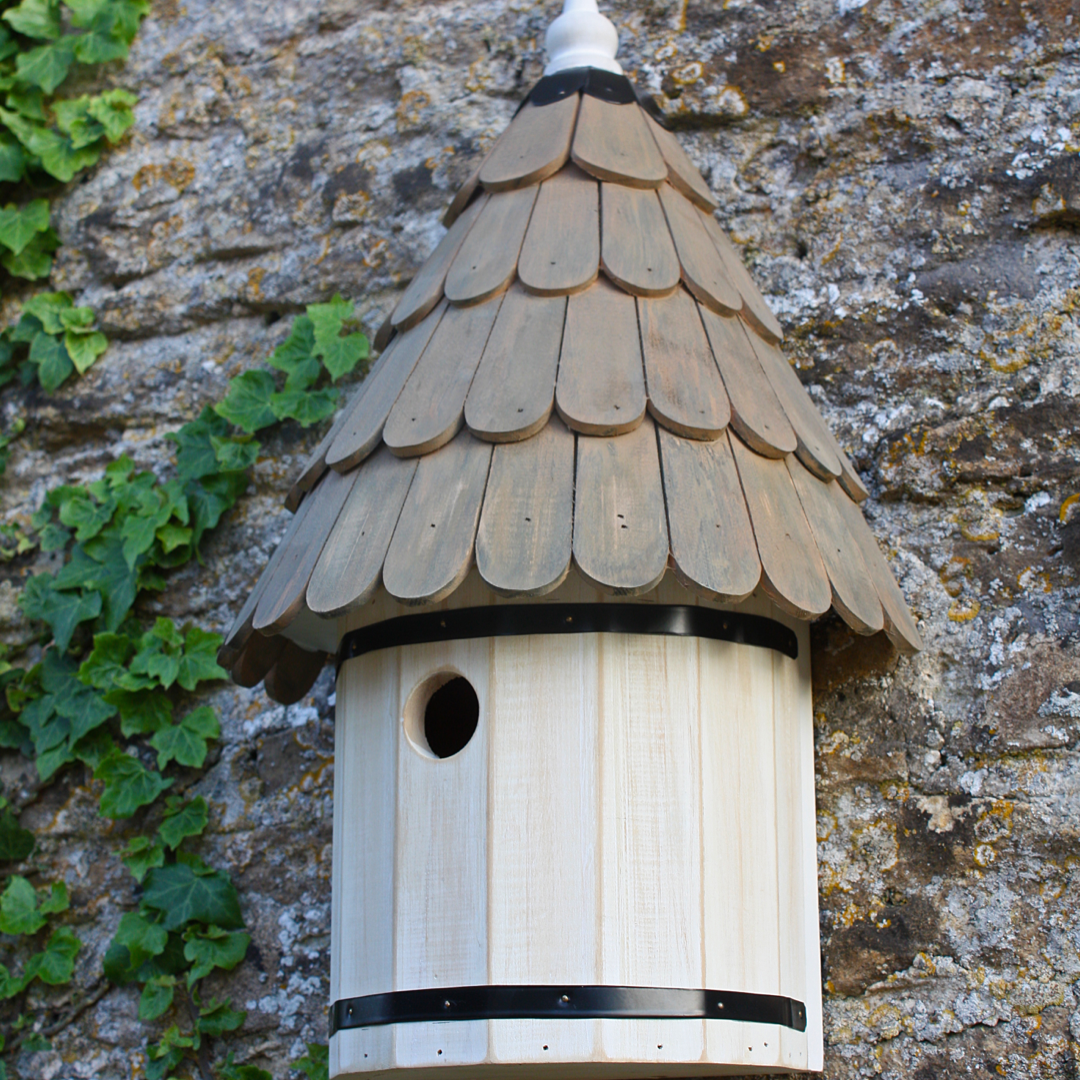
The Ultimate Guide to Adding a Nest Box to Your Garden
Years ago, the birds in our gardens had plenty of places to nest. Mature woodlands, hedgerows, scrubland, and older buildings like barns and cottages provided countless nooks and crannies for every species. However, modern farming methods and advancements in building techniques have significantly reduced these natural nesting sites, leading to a decline in many bird populations.
The good news? Our residential gardens collectively span an impressive 433,000 hectares of land in the UK, and around 87% of British homes have a garden. That means we have a unique opportunity to support our feathered friends by creating new nesting habitats.
If you’ve been watching your garden birds recently, you might have noticed an uptick in activity. As we approach nesting season, birds are starting to establish territories and attract mates. National Nestbox Week, organised by the British Trust for Ornithology (BTO), runs annually from Valentine’s Day and is a perfect reminder of how important it is to welcome birds into our gardens.
Why Should I Add a Nest Box?
Adding a nest box is one of the simplest ways to support your local bird populations. By providing a safe, artificial nesting site, you can help offset the decline in natural spaces. For a long-term solution, consider planting hedging, shrubs, and trees to create a more inviting environment for birds.
Which Birds Use Nest Boxes?
The type of birds you attract depends on the design of your nest box:
- Small hole nest boxes: Blue tits, coal tits, great tits, tree sparrows, nuthatches, pied flycatchers, and redstarts.
- Open-fronted nest boxes: Robins, wrens, blackbirds, spotted flycatchers, and pied wagtails.
- Species-specific designs: House martins, swallows, swifts, owls, woodpeckers, treecreepers, and even birds of prey.
House sparrows are unique in that they often nest in colonies, so a terraced nest box can encourage multiple pairs to settle. In fact, over 60 species of birds in the UK are known to use nest boxes!
Not only does providing a nest box benefit the birds, but it also brings joy to your garden. Watching them raise their young is an incredible experience that can reduce stress and connect you with nature.
What type of nest box do blue tits use?
Blue tits prefer a closed-fronted nest box with a small, circular entrance hole. The ideal hole size is 25mm, which is just the right fit for these tiny birds while keeping larger, more aggressive species out. They are quite fussy about location, so placing the box between 1.5m and 4m off the ground, ideally in a sheltered spot, can improve your chances of success. Blue tits are early nesters, often starting their search in February, so having the box ready before then is essential.
Blue tits will also make use of boxes made from woodcrete, a durable material that provides excellent insulation and protection from predators. Adding a metal entrance plate is a good idea to prevent squirrels or larger birds from enlarging the hole. Watching a pair of blue tits flutter back and forth, tirelessly bringing in moss, feathers, and soft materials to build their nest, is one of the most delightful sights in the garden.
What type of nest box do robins use?
Robins prefer an open-fronted nest box placed in a well-hidden location. They love to nest in dense vegetation or tucked away corners, so placing the box within shrubs, hedges, or climbing plants gives them a sense of security. Position it 1m to 2m off the ground in a quiet, shady spot to keep the nest cool and protected.
Robins are famously unconventional when it comes to nesting. While they appreciate a purpose-built box, they’ve been known to set up home in watering cans, hanging baskets, and even forgotten shoes left in the shed! If you’ve got a box ready for them, adding some dense planting around it can encourage them to choose your garden as their nursery.
What Time of Year Should I Add a Nest Box?
February is the ideal time to put up a nest box, as many birds are actively scouting for breeding sites. Some species begin their search as early as autumn, while others use nest boxes for roosting during winter.
Where Should I Hang a Nest Box?
Placement is key to keeping birds safe and comfortable:
- Height: At least 1 metre above the ground.
- Direction: Face the entrance hole north or east to avoid strong winds and rain.
- Shelter: Position it in a shady spot or use trees and outbuildings to shield it from bad weather.
- Safety: Keep it away from bird feeders to reduce disturbance and out of reach of predators like cats.
- Spacing: Avoid overcrowding by spacing boxes designed for the same species apart.
Use stainless steel screws or galvanised wire to secure the box and check the fittings annually to ensure safety.
Should I Clean My Nest Box?
Yes! Cleaning your nest box is vital for the health of future inhabitants. Between September and January, once breeding season is over, you can remove old nests and give the box a thorough clean with a stiff-bristled brush. Always wear gloves, and avoid using chemicals or detergents.
In the UK, it’s illegal to disturb or interfere with an active nest under the Wildlife and Countryside Act 1981, so avoid cleaning during nesting season.
What Materials Should I Use for a DIY Nest Box?
- Wood: Durable and warm materials.
- Stainless steel entrance plate: Prevents predators from enlarging the hole.
- Water-based wood preservative: Keeps the box weatherproof and safe for birds.
You can find free plans online to build your own nest box, tailored to the species you’d like to attract.
Can I Help Birds Build Their Nests?
While you shouldn’t add materials to the nest box, you can leave natural items like pet hair, straw, grass clippings, or small twigs in your garden for birds to collect.
The BTO would love to hear about your nest box visitors! You can contribute to conservation data by completing their surveys at bto.org. I’d also love to hear your stories and see your photos – share them on Instagram or Facebook @alittlebirdcompanyuk, or email me at info@alittlebirdcompany.co.uk.
Will you be adding a nest box this year? Let me know in the comments!


